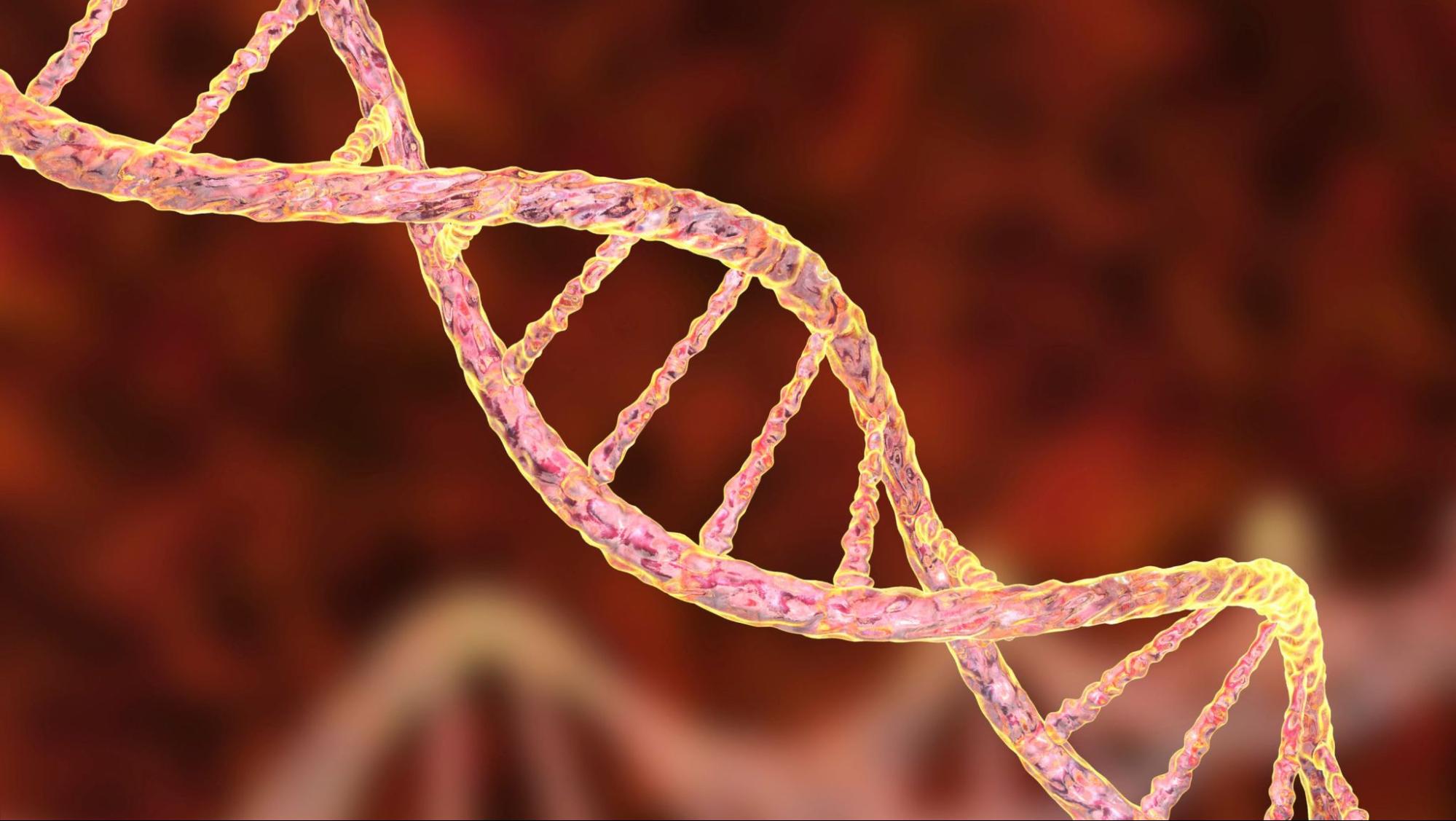Hereditary Angioedema: A Guide for Diagnosis and Management

Have you ever faced a patient with sudden swelling episodes? Diagnosing and managing hereditary angioedema can be challenging. This guide will help doctors understand the diagnosis and management of this condition. Let’s explore the key aspects. Early recognition and intervention are crucial. Mismanagement can lead to severe complications. Awareness of hereditary angioedema’s nuances is essential.
Hereditary Angioedema
- What is Hereditary Angioedema? Hereditary angioedema is a rare genetic disorder. It causes sudden swelling in various body parts. These episodes can be painful and dangerous. Swelling can affect the face, limbs, and internal organs. Episodes vary in frequency and severity. Understanding this disorder is crucial for effective management.
- Causes and Genetics: The condition is caused by a deficiency of C1 inhibitor. This deficiency leads to uncontrolled swelling. It is passed down through families. Mutations in the SERPING1 gene are often responsible. This gene controls the production of C1 inhibitor. Without it, inflammation runs unchecked. Knowing the genetic basis aids in diagnosis.
- Symptoms and Triggers: Symptoms include swelling in the face, hands, and abdomen. Triggers can include stress, trauma, or certain medications. Identifying triggers is important for management. Attacks can last from hours to days. Gastrointestinal attacks cause severe pain. Airway swelling is life-threatening. Recognizing symptoms early is vital.
- Types of Hereditary Angioedema: There are three types of hereditary angioedema. Type I and II are due to C1 inhibitor deficiency. Type III is linked to other genetic factors. Type I is the most common, with low C1 inhibitor levels. Type II involves dysfunctional C1 inhibitor. Type III is rare and not well understood. Differentiating types helps in tailored treatment.
- Importance of Early Diagnosis: Early diagnosis is crucial. It helps in preventing severe complications. Delayed diagnosis can lead to unnecessary suffering. Early intervention improves outcomes. Screening at-risk family members is recommended. Misdiagnosis can occur, leading to ineffective treatments. Educating healthcare providers on this condition is necessary.
Diagnosing Hereditary Angioedema
Clinical Evaluation: Clinical evaluation involves a detailed patient history. Physical examination is conducted to identify symptoms. Family history is also considered. Recurrent swelling episodes raise suspicion. A thorough history can reveal trigger patterns. Physical signs include non-pitting edema. Accurate history-taking is essential for diagnosis.
Laboratory Tests: Laboratory tests are used to confirm the diagnosis. C1 inhibitor levels and function are measured. Low levels confirm the diagnosis. Complement component 4 (C4) levels are also checked. Low C4 levels support the diagnosis. Functional assays can distinguish between Type I and II. Early testing prevents complications.
Genetic Testing: Genetic testing can identify mutations. It helps in confirming the diagnosis. Genetic counseling is recommended for affected families. Testing identifies carriers. Family planning advice can be provided. Early genetic diagnosis aids in management. Awareness of genetic predisposition is beneficial.
Differential Diagnosis: Differential diagnosis is essential. Other causes of swelling must be ruled out. These include allergies and other angioedemas. Misdiagnosis can lead to incorrect treatments. Allergy testing may be required. Exclusion of other conditions confirms hereditary angioedema. Accurate diagnosis ensures proper treatment.
Role of Imaging: Imaging may be used to assess swelling. Ultrasound and CT scans can help. They are useful in abdominal attacks. Imaging can rule out other causes of symptoms. It aids in visualizing internal swelling. Radiologic findings support clinical diagnosis. Proper imaging techniques enhance diagnostic accuracy.
Managing Hereditary Angioedema
Acute Attack Management: Acute attacks require immediate treatment. C1 inhibitor replacement is given. Icatibant and ecallantide are also used. Early intervention reduces attack severity. Treatment alleviates symptoms quickly. Emergency plans should be in place. Prompt treatment can save lives.
Long-term Prophylaxis: Long-term prophylaxis helps prevent attacks. Androgens and antifibrinolytics are commonly used. Newer treatments include monoclonal antibodies. Regular medication reduces attack frequency. Preventive treatment is tailored to patient needs. Monitoring and adjusting therapy is essential. Preventive strategies improve quality of life.
Lifestyle Modifications: Lifestyle modifications are important. Avoiding known triggers can reduce attacks. Stress management techniques are also helpful. Patients should identify personal triggers. Regular exercise and a healthy diet are beneficial. Avoiding trauma and certain medications is advised. Lifestyle changes complement medical treatment.
Patient Education: Patient education is crucial. Patients must understand their condition. They should know how to manage attacks. Educated patients can recognize early symptoms. They should be informed about emergency treatments. Support groups can offer additional help. Informed patients are better prepared.
Monitoring and Follow-up: Regular monitoring and follow-up are needed. Treatment efficacy is assessed. Adjustments are made as needed. Periodic blood tests monitor C1 inhibitor levels. Follow-up visits track symptom patterns. Continuous evaluation ensures optimal management. Ongoing care prevents complications.
Advances in Treatment
New Therapies: New therapies are being developed. Monoclonal antibodies are showing promise. They target specific pathways involved in swelling. Research is focused on innovative treatments. These therapies offer new hope for patients. Clinical trials test their effectiveness. Progress in treatment options is ongoing.
Role of Pharvaris: Pharvaris is a company that develops treatments. Their focus is on innovative therapies. They aim to improve patient outcomes. Research by this company advances treatment options. New drugs are being tested. Their work contributes to medical progress. This company is at the forefront of HAE treatment.
Clinical Trials: Clinical trials are ongoing. They test the safety and efficacy of new treatments. Participation in trials can be beneficial for patients. Trials provide access to cutting-edge therapies. They contribute to medical knowledge. Results from trials guide future treatments. Patient participation is crucial for advancement.
Personalized Medicine: Personalized medicine is becoming important. Treatments are tailored to individual needs. Genetic information is used to guide therapy. Personalized approaches improve outcomes. They consider unique patient factors. Tailored treatments enhance effectiveness. Personalized care is the future of medicine.

Future Directions: Future directions include gene therapy. Research is ongoing in this field. The goal is to find a cure. Advances in genetics offer new possibilities. Long-term solutions are being sought. Ongoing research is vital for progress. Future treatments hold promise for patients.
Conclusion
Managing hereditary angioedema well starts with early diagnosis and personalized treatments. New treatments and research give hope for better results. Companies like Pharvaris are helping to find better options. Continuous patient education and regular check-ups are essential. Staying informed helps doctors give the best care. This ensures patients with hereditary angioedema can live healthier lives.
-
 Personal Finance12 months ago
Personal Finance12 months agoHow Do I Find My UCAS ID Number?
-
 Success6 years ago
Success6 years agoConsistency: The Key Ingredient to Success
-
 Personal Finance12 months ago
Personal Finance12 months agoWhat Does Conditionally Approved Mean For An Apartment?
-
 Motivation3 years ago
Motivation3 years agoHow To Become a More Organized Person?
-
 Others5 years ago
Others5 years agoWork Health and Safety: 8 Reasons to Maintain a Clutter-free Office
-
 Entrepreneurs4 years ago
Entrepreneurs4 years agoWhy Diversity is Key in Business Marketing
-
 HK Pools1 year ago
HK Pools1 year agoThe HK Pools Forum Comunity Jos Markotop 2D Warna Kuning – A Great Way to Stay Connected
-
 Sport2 years ago
Sport2 years agoWhat Makes Soccer Betting So Great?


















